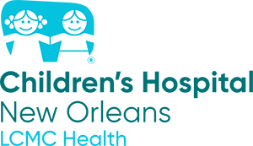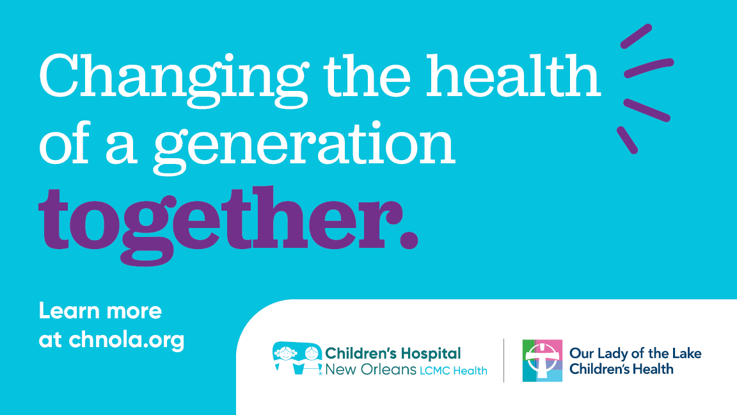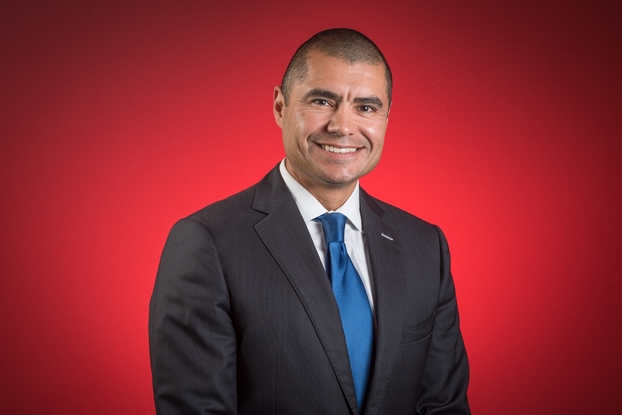Molly’s story: How family-based treatment helped me recover from my severe eating disorder
- Category: Mental Health, Parenting, Keep Kids Well
- Posted on:

For as long as she can remember, *Molly always had a rocky relationship with food. When she was around 8 or 9 years old, a family member had bullied her about her weight. From that point on, Molly started weighing herself every day. She also created her own rules on how much she ate.
“I never allowed myself to finish my plate,” said Molly. “I always made sure I left at least two or three bites on my plate. As I got older, I started reading nutrition labels. If I read something bad, then I would avoid these foods altogether. I noticed my eating habits got worse as time went on.”
In October 2021, Molly began taking drastic measures to lose weight. She viewed herself as being overweight even though she was not considered “overweight” by current medical standards.
“When I saw girls my age posting photos on social media, their bodies were perfect,” said Molly. “I wondered why my body didn’t look like that. My focus was on losing as much weight as I could."
At the time, Molly didn’t realize that her behaviors would eventually lead to an eating disorder.
Molly is not alone
Like many teens and adolescents around the country, Molly’s eating disorder developed during the COVID-19 pandemic. Prior to the pandemic, she enjoyed theater and was in lots of plays, loved to draw, and be social with friends. The pandemic interrupted the things Molly truly enjoyed in her life.
But as her eating disorder gradually developed and pandemic restrictions were lifted, Molly was no longer interested in the activities she previously loved. She lost a substantial amount of weight, and her days were filled with food journaling, tracking calories, and weighing herself frequently.
“My goal was to eat less than 1,000 calories every day,” said Molly. “I skipped a lot of meals, tracked my calories with an app, and began to experience tremendous weight loss. I knew if I ate under 1,000 calories, I would lose a ton of weight but I felt physically weak. I would get hungry and dizzy, and had trouble with school work. Even simple math problems were hard for me.”
Molly’s parents grew concerned about their daughter’s very thin frame. They consulted with Molly’s counselor and both agreed Molly needed to seek immediate professional support and intervention.
“During the pandemic, I struggled with an eating disorder that I didn’t know I had,” said Molly. “My eating habits evolved over those six months until they reached an extreme level. I lost 25 to 30 pounds before I received treatment. I was five feet, five inches tall, and weighed just 100 pounds.”
Coming to terms with my eating disorder
On April 20, 2022, Molly and her parents met with Jacey Thiel, a dietitian who is affiliated with the Feeding and Eating Disorder Clinic at Children’s Hospital New Orleans. After evaluating her weight and history of disordered eating behaviors, it didn’t take her long to reach a diagnosis for Molly.
Molly was diagnosed with severe anorexia nervosa and malnutrition. Anorexia is a potentially life-threatening eating disorder characterized by an abnormally low body weight, intense fear of gaining weight, and a distorted perception of weight and body shape. People with this type of eating disorder will make extreme efforts to control their weight and the shape of their bodies.
“I was in denial that I had an eating disorder,” said Molly. “I was terrified when I was told that what I was doing to my body had to stop. My eating habits comforted me. It was a coping mechanism for me in its own way. If everything else failed in my life, at least this was something I could control.”
Steps towards recovering from my eating disorder
Jacey and Dr. Amy Henke, a Children’s Hospital clinical psychiatrist, incorporated a family-based treatment (FBT) approach to address Molly’s eating disorder. FBT is intended to empower parents to provide loving support and structure at home while being involved in all aspects of their child’s nutritional and psychological recovery. Parents take the primary lead to encourage weight gain and help their child recover from their eating disorder. The patient and their parents meet with a behavioral health clinician weekly for coaching and support on this process.
Family-based treatment assumes that many of the psychological symptoms that accompany eating disorders (like depression, anxiety, poor body image, and obsessive thoughts about food) stem directly from serious malnutrition. Many kids demonstrate improvement in their psychological and emotional functioning after weight restoration. Unlike traditional approaches to treating eating disorders in children, which often involve removing children from their homes and their parents for in-patient care, FBT is based on the premise that children can experience full recovery at home, with parents taking the lead in helping them recover. FBT has a clear beginning, middle, and end. This is purposefully designed to encourage families and kids to work towards a recovery mindset.
“With Molly, we initially focused on improving her medical status and safety through weight gain,” said Dr. Henke. “We talked about progress, troubleshooting issues that had come up over the week, and providing education and support. As Molly continued to gain weight, we were able to work as a team and with her family to address some of the more rigid and inflexible thoughts and behaviors. This allowed Molly to explore different types of foods, demonstrate age-appropriate independence around food, and return to a normal teenage life of family, school, and friends.”
As part of the family-based treatment program, Jacey provided extensive education to Molly and her parents on how to nourish her body through her eating disorder. She introduced them to The Plate by Plate Approach, a visual method created by two FBT dietitians, Wendy Sterling, MS, RD, CSSD, CEDRD-S and Casey Crosbie, RD, CEDS-S, to help parents learn how to feed their kids for weight gain without counting calories, using measuring cups, food scales, or any other tracking methods.
“I started eating three meals a day which I never used to do before,” said Molly. “No foods were off limits for me which was different and something I had to get used to. I ate whatever my parents saw fit, but every meal had to contain all the five food groups, and the plate had to be full.”
The Plate by Plate approach is mostly visual. Parents are taught to use a 10-inch dinner plate and fill 50 percent of the plate with carbs, 25 percent with protein, 25 percent with a fruit or vegetable and add a dairy item to the meal like milk, yogurt, or cheese. The last thing that parents are asked to do is add a source of fat to the meal, like adding butter or avocado to toast. Parents repeat this process, and implement the meal structure of three meals and three snacks daily, and over time, patients begin to learn how to create a nourishing meal from how their parents are feeding them.
“In Molly’s case like many other patients, once she was given nourishing meals and her weight restored, many of the disordered thoughts she was experiencing resolved,” said Jacey. “While she still had questions about some principles of nutrition, her healthy brain was able to comprehend and implement these principles easily. That is why we always emphasize to parents that medical and nutritional recovery is the first priority to help these kids get back on a healthy trajectory.”
The treatment program was a life changer. Molly began to view food in a much healthier way.
“I am not scared and trembling when I eat a meal now,” said Molly. “It is wonderful to have this freedom where I see food as nourishment and enjoyment, and not see it as a number anymore. My parents helped me every step of the way. They were at home with me during every meal and snack, and they were involved in my therapy sessions with Jacey and Dr. Henke. They were very much a part of my recovery – and honestly, I don’t know what I would have done without their support.”
Parents are the most influential agents of change and are often the best people in their child’s lives to support their full recovery. Molly’s family is a powerful example of this. They helped her let go of the eating disorder through guiding and supervising her re-nourishment, insisting on appropriate weight gain, and lovingly tolerating the difficult moments with compassion, patience, and empathy. This eventually helped her to reduce her negative thoughts about food and about her body image.
Molly says her advice to others struggling through an eating disorder is this: “It’s important to get help immediately because it can turn into a bigger problem very quickly. At first, I didn’t want help. I never wanted to choose recovery until I started to get better. I am glad I got the help I needed.”
For more information on the Feeding and Disorder Clinic at Children’s Hospital New Orleans, visit:
Eating Disorder Clinic | Children's Hospital New Orleans (chnola.org)
*The name Molly is a pseudonym, used at the request of the child’s parents.



